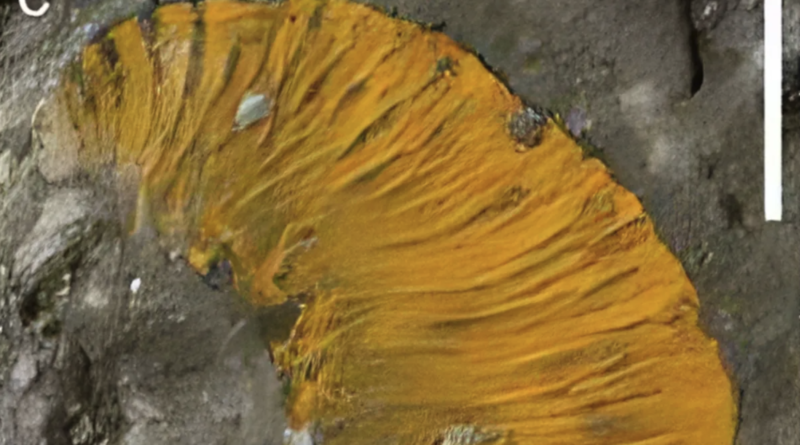Remains of 455 Million Year Old Worms Found
Two new species of Palaeoscolecid worms have been discovered in Morocco, belonging to the genus Anguiscolex africanus and the species Wronascolex superstes.
A team of scientist from the Complutense University of Madrid (UCM) and the Institute of Geoscience in Spain has uncovered the two well-preserved species of marine worms from the Palaeozoic era (Ordovician period) 455 million years ago at the Tafilalt Biota site in Morocco.
Palaeoscolecid worms were common during the Paleozoic era, but the vast majority of their fossil record is made up of isolated sclerites (hard plates embedded in the cuticle), which are typically found in certain limestone rocks. This means that while these worms were present in all the seas of the world, their fossils are only found at a small fraction of sites.
The worm fossils found at the Moroccan site were well-preserved and articulated in fine-grained rocks and in an environment dominated by turbulent waters, making the discovery, according to paleontologist Juan Carlos Gutiérrez Marco, a “palaeontological surprise in a far from favorable geological context.”
These worms were covered in phosphatic microsclerites, arranged in rings on the successive segments, which were preserved by rapid burial and protection beneath bacterial veils that precipitated iron sulfides. This discovery adds to the finding made some years ago, at the same site and by the same research team, of the worm Gamascolex vanroyi.
